The newest museum on Washington, D.C.’s National Mall, the Smithsonian’s National Museum of African American History and Culture (NMAAHC), turns the impossibility of its mandate into an asset. Faced with the task of representing the breadth of African American experience within a space that would serve as both museum and monument, the curators have focused on the individual and the personal. Among the thousands of artefacts on show, those that speak loudest are those that, like the tiny amulet in the form of shackles displayed alongside child and adult slave shackles, invoke the individual’s response to tremendous forces of oppression. Inscribed quotations crowd the walls, and visitors are encouraged to record their own voices in ‘Reflection Booths’ located on each level of the History Galleries. The emphasis is clear: in this postmodern museum-memorial space, the fragmented and heterogeneous individual memory is the font of all collective history.
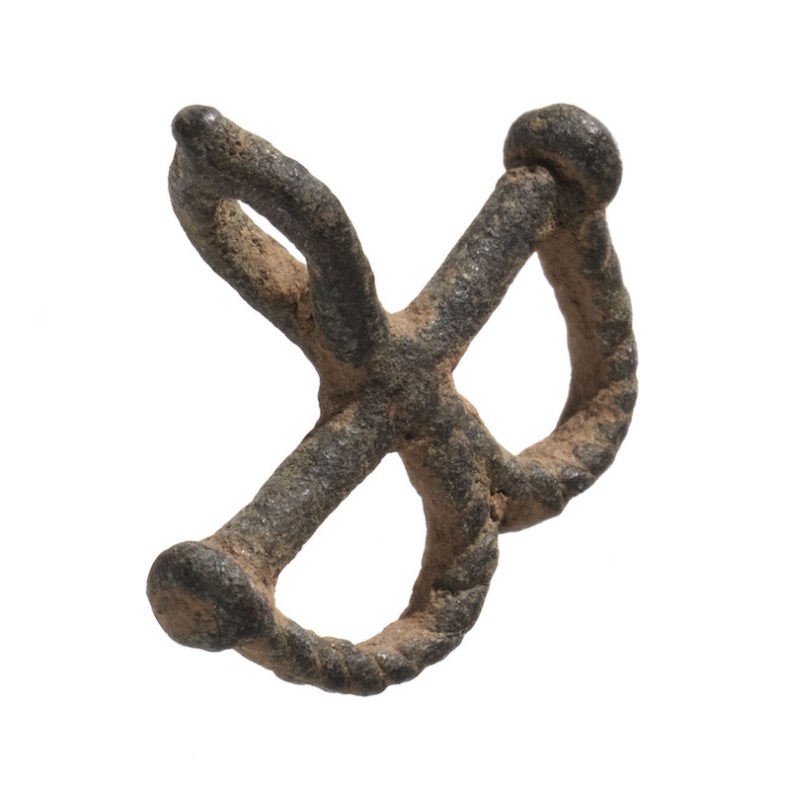
Amulet in the form of miniature shackles, 17th–18th century. National Museum of African American History and Culture, Washington D.C.
The museum’s dramatic exterior announces its commitment, in the words of founding director Lonnie G. Bunch III, ‘to tell America’s story on the National Mall in Washington through the prism of African American history and culture’. Cloaked in a shell of tiered bronze, called the ‘Corona’ by its architects, the building – designed by Freelon Adjaye Bond with the Smith Group (FAB/S), alongside design lead David Adjaye – evokes West African caryatids, as well as the intricate iron work of black craftsmen from Charleston and New Orleans. From the inside, the shell takes on a delicate appearance, with a floor-to-ceiling glass curtain allowing light to flood the cavernous space. Within the museum’s exhibition space, the shell opens on to carefully selected views – called ‘Lens spaces’ – of the famous monuments and buildings that surround the museum, many of which hosted notable scenes of racial struggle. It is also impossible not to note that many of the surrounding buildings were constructed (as Michelle Obama reminded the world in her DNC speech) with enslaved and free black labour. Labour and craftsmanship are central to the museum’s foundational narrative; this focus allows the curators both to historicise the brutal realities of American slavery and also to emphasise the many ways African Americans resisted the forces of racial oppression via expressive outlets: art, music, sport, writing, and more.
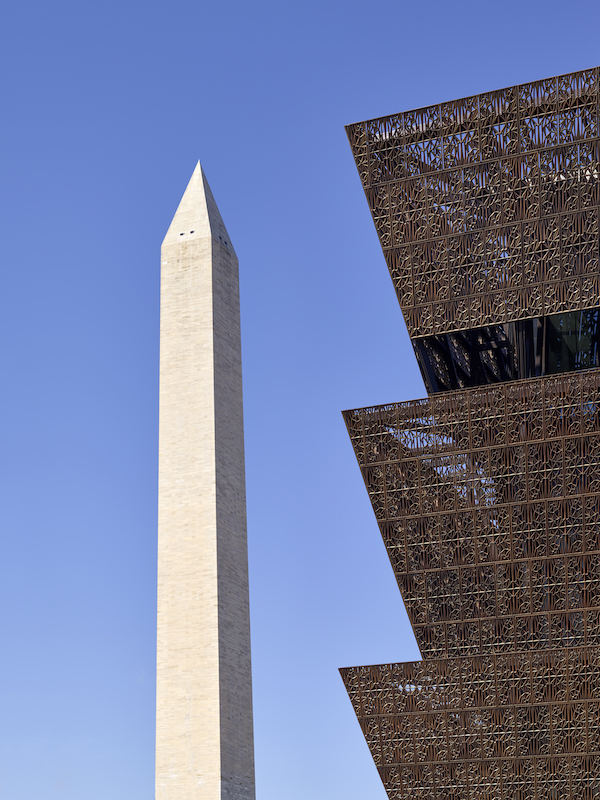
The Washington Monument and the facade of the National Museum of African American History and Culture, Washington, D.C. Photo: Alan Karchmer/NMAAHC
The museum’s focus on materiality and craftsmanship extends to the visual arts collection located in the Community and Culture Galleries. Small but thoughtfully curated, the collection mingles materials, methods, and eras of production to show how American artists of African descent have interpreted and reinterpreted a variety of themes. Afrofuturist Jefferson Pinder’s Mothership (Capsule) (2009), for instance, is an abstracted replica of a NASA Mercury space capsule built from tin recovered from decaying buildings in Baltimore and wood from Barack Obama’s first inauguration platform. Yoking a moment of African American triumph to a reminder of the ongoing urban housing crisis, the work operates on a number of levels: as commentary on social inequalities, as an example of black engagements with speculative and science fiction, and as one of NMAAHC’s many examples of black irreverence. (It is also, of course, a reference to funk musician George Clinton’s iconic Mothership – on display in the nearby Music Galleries.) Through works like Pinder’s, curators make the case that African American art belongs not on the periphery of American art but at its centre.
The productive fusion of eras and materials that occurs throughout the Community and Culture Galleries is absent from the History Galleries. To access these, visitors must queue to board an elevator that descends into the depths of the museum as a timeline painted on the walls goes backward through important years in African American history. You emerge in the year 1400 and travel upwards through a comprehensive account of African American history told through personal artefacts, interactive installations, videos, and a few larger relics: an authentic slave cabin, a segregated rail car, the Spirit of Tuskegee Stearman biplane used to train African American pilots during the Second World War. Here, amid an attempt to convey the vast and horrific histories of slavery and segregation and Civil Rights, an emphasis on remarkable individuals and their personal effects remains. Nat Turner’s small Bible, no larger than a human hand, tells the story of his doomed 1831 insurrection, and statues of notable figures loom overhead. Yet the curators use these figures to upend traditional accounts of American history and democracy, placing a life-sized statue of founding father Thomas Jefferson beside others of Haitian Revolutionary leader Toussaint L’Ouverture, poet Phillis Wheatley, and Elizabeth Freeman, the first slave to win a freedom suit in Massachusetts.
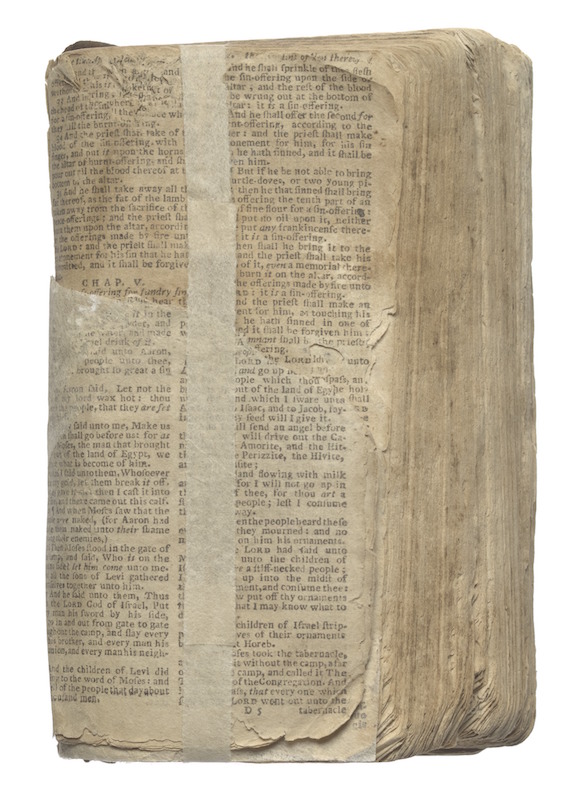
Bible belonging to Nat Turner, 1830s. National Museum of African American History and Culture, Washington, D.C.
The effect is to magnify marginalised voices, voices perhaps heard loudest in the gallery’s room representing the Middle Passage. In this darkened space, the crowded display cases are replaced by a soundtrack of desperate voices reading eyewitness accounts of the slave trade, and a few evocative objects: timbers and ballast from a sunken Portuguese slave ship; the aforementioned amulet and shackles. As the curators demonstrate throughout the museum, the American story cannot be told without these voices and these symbols of human evil and hope.
All Americans (all people) would benefit from such a history lesson. If, at times, the curators’ attempts to be truly comprehensive in their representation of African American history lead to incongruities – it can be jarring, for instance, to encounter exhibits devoted to sporting triumphs and to military sacrifices in the same broadly construed Community Gallery – they equally generate connections that speak to the richness of African American lives. This is the effect of telling stories so many Americans have waited far too long to be told.
From the February issue of Apollo: preview and subscribe here
Unlimited access from just $16 every 3 months
Subscribe to get unlimited and exclusive access to the top art stories, interviews and exhibition reviews.

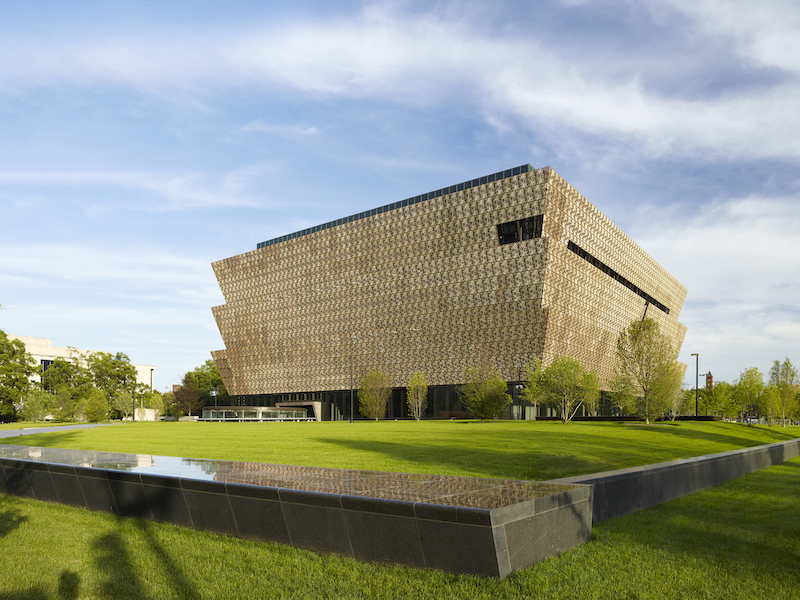
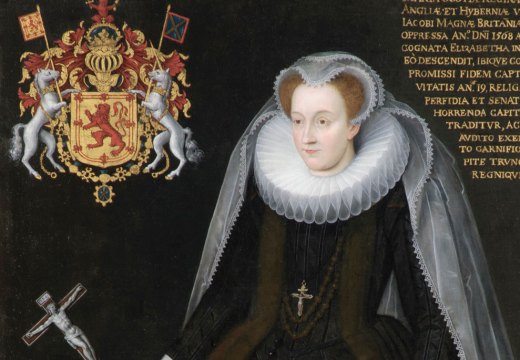
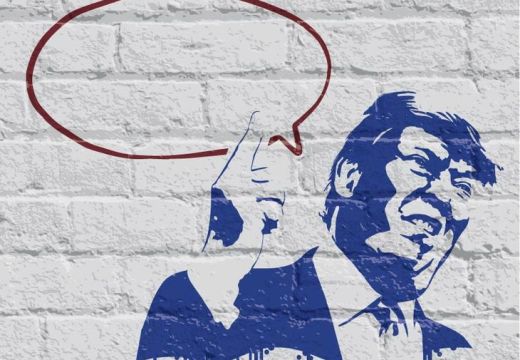
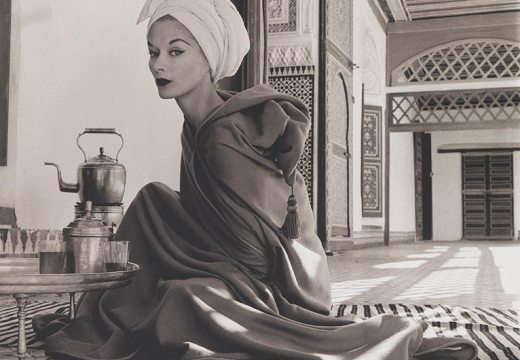









![Masterpiece [Re]discovery 2022. Photo: Ben Fisher Photography, courtesy of Masterpiece London](http://www.apollo-magazine.com/wp-content/uploads/2022/07/MPL2022_4263.jpg)
It’s time for the government of London to return to its rightful home